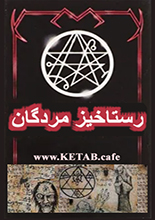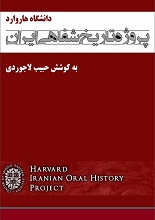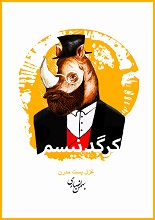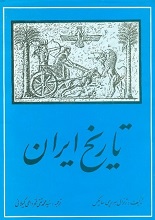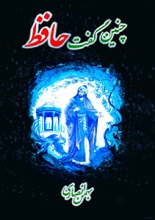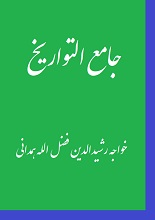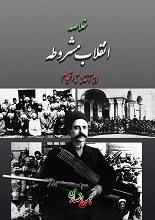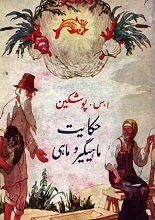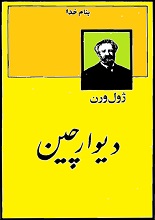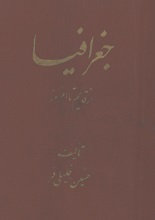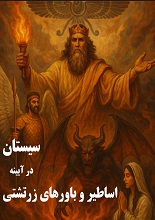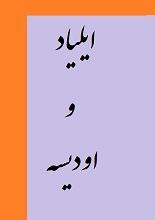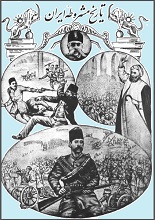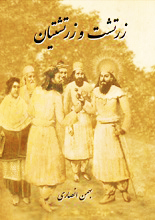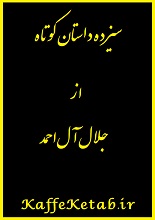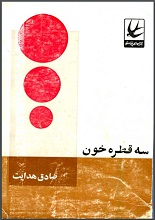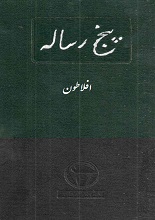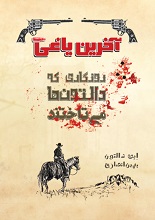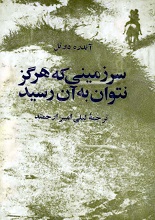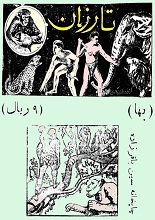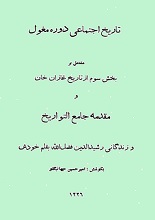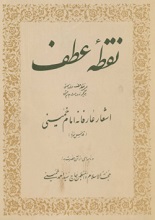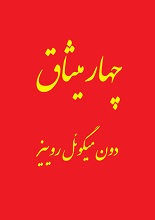“Old Persian: Grammar, Texts, Lexicon” by Roland G. Kent is a seminal work in the field of ancient Iranian studies. First published in 1950, this book remains a key reference for scholars, linguists, and enthusiasts of Old Persian, the language of the Achaemenid Empire. In this article, we offer an in-depth look at Kent’s masterpiece and why it continues to be an essential resource today.
About the Author: Roland G. Kent
Roland Grubb Kent (1877–1952) was a renowned American linguist and scholar specializing in Indo-European and Iranian languages. As a professor at the University of Pennsylvania, Kent made significant contributions to historical linguistics, particularly through his translations and analyses of ancient inscriptions. His expertise shines through in “Old Persian: Grammar, Texts, Lexicon,” a book that has stood the test of time.
Overview of the Old PERSIAN Book
“Old Persian” by Kent is divided into three main parts:
- Grammar: A detailed explanation of the phonology, morphology, and syntax of Old Persian.
- Texts: Transliterations, translations, and commentary on major Old Persian inscriptions, primarily from Achaemenid kings like Darius the Great and Xerxes.
- Lexicon: A comprehensive dictionary of Old Persian vocabulary, based on available inscriptions.
Kent’s methodical approach makes the book accessible even to readers new to the subject while providing enough depth for advanced scholars.
Detailed Breakdown
1. Grammar Section
Kent meticulously outlines the structure of Old Persian, including:
- Vowel and consonant systems
- Nominal and verbal inflections
- Sentence structure and syntax patterns
Each grammatical rule is supported with examples drawn from authentic inscriptions, making the learning process practical and intuitive.
2. Texts Section
The book compiles the most important Old Persian texts, including:
- The Behistun Inscription
- The inscriptions at Persepolis, Naqsh-e Rostam, and Susa
Each text is presented in cuneiform script, followed by a transliteration into Latin characters and a precise English translation, accompanied by commentary on historical and linguistic contexts.
3. Lexicon Section
The Lexicon offers an alphabetically arranged glossary of Old Persian words. Kent includes references to where each word appears in the inscriptions, providing invaluable help for anyone studying or translating Old Persian.
Importance of the Old Persian Book
Kent’s “Old Persian” has been foundational for:
- Linguistic research in Indo-Iranian languages
- Studies on Achaemenid history and culture
- Decipherment and interpretation of Old Persian cuneiform
Even today, despite newer research and publications, Kent’s rigorous methodology and comprehensive treatment remain highly respected.
Comparisons to Modern Scholarship
Modern studies, such as those by Rüdiger Schmitt, have built upon and expanded Kent’s work, offering updated interpretations and incorporating newly discovered inscriptions. Nevertheless, Kent’s book remains a standard starting point for serious students of Old Persian due to its clarity, organization, and scholarly precision.
Roland G. Kent’s “Old Persian” is more than just a textbook; it is a gateway into the world of ancient Iran. Its careful structure, thorough analysis, and extensive lexical resources have made it indispensable for anyone interested in ancient languages and cultures. Whether you are a beginner or an experienced scholar, Kent’s work offers insights and tools that are as valuable today as they were when first published.
Download Old PERSIAN PDF eBook

برای دانلود این کتاب، ابتدا باید عضو سایت بشوید.
پس از عضویت، لینک دانلود این کتاب و همهی کتابهای سایت برای شما فعال میشوند.
(قبلا عضو شدهاید؟ وارد شوید)

